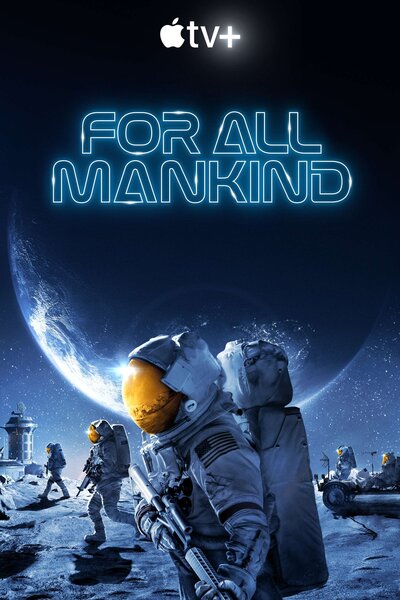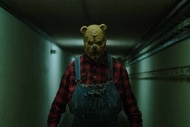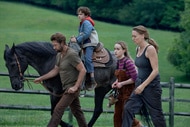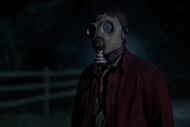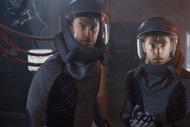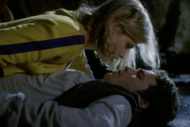Create a free profile to get unlimited access to exclusive videos, sweepstakes, and more!
'For All Mankind' is rewriting the past to make one of the most exciting sci-fi stories of the future
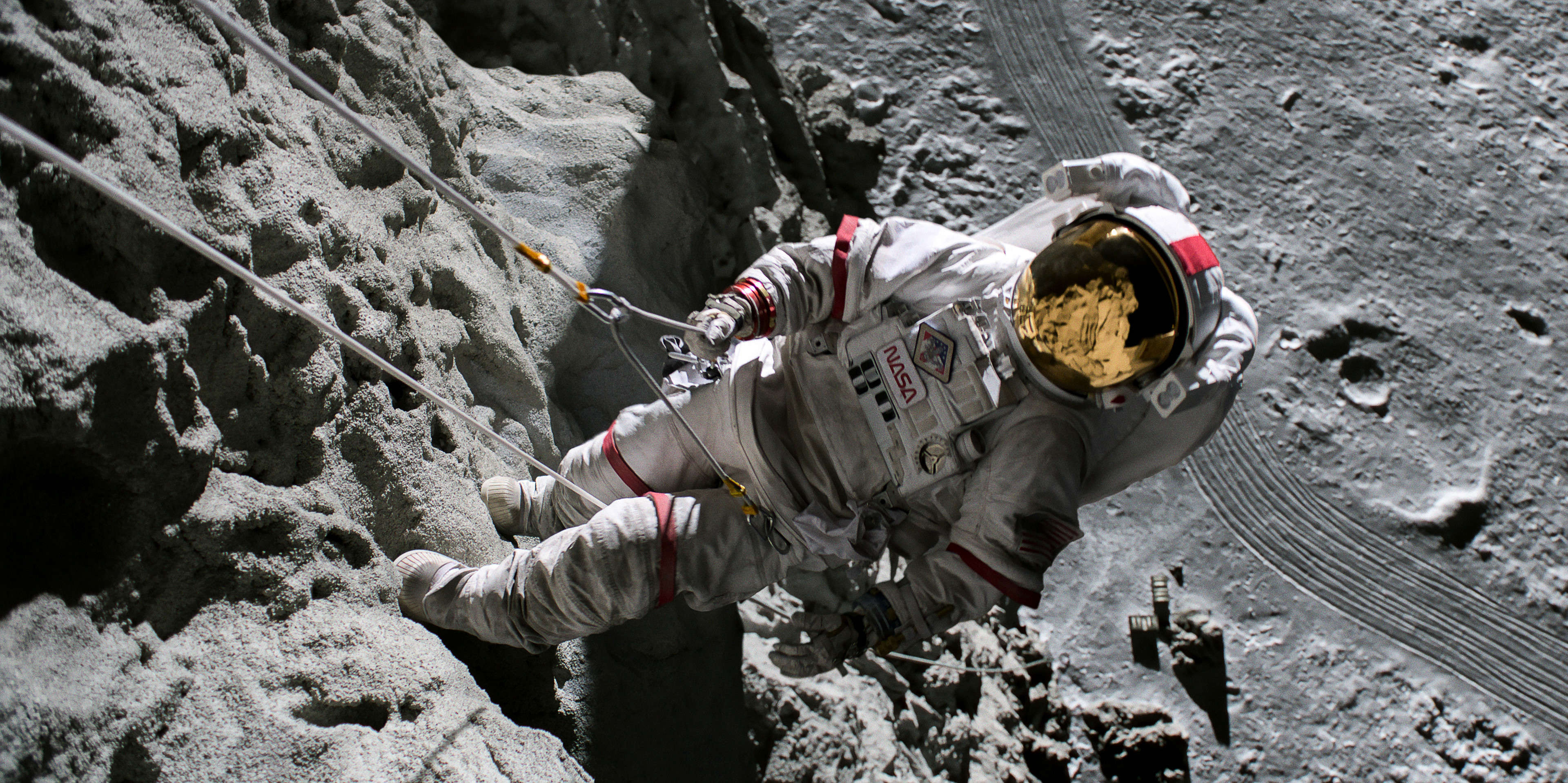
Instead of the far-flung future, one of the launch shows for Apple’s upstart streaming service turned its eyes on the near-past to tell one of the most compelling sci-fi stories of last season — and now we’re headed back to the Space Race that never was for Season 2 of For All Mankind this week.
Though higher-profile projects like the star-studded dramas The Morning Show (led by Jennifer Aniston, Steve Carell, and Reese Witherspoon) and See (starring Jason Momoa) stole most of the headlines for the launch of Apple TV+, sci-fi fans who dug a bit deeper into the catalog were welcomed with a great surprise: Ronald D. Moore, the mastermind of SYFY’s acclaimed Battlestar Galactica reboot, had an alt-history project that kicks off its pilot with a tantalizing idea:
What if Russia won the Space Race and managed to beat the United States to the moon?
Moore already had a deft handle on space drama before building out the decks of the Galactica, having cut his teeth in the writers' room of a bevy of Star Trek shows. He’s also a producer on Starz’s fantasy time-travel drama Outlander, which helped hone those drama bona fides even more.
It’s easy to see how all that experience comes to a head in For All Mankind, which deftly blends real-life historical players (and characters loosely based on them), events in the early astronaut program, and the Space Race with fictional events, creating a one-step-from-reality tapestry just grounded enough in the history we remember — and just removed enough to keep us guessing — that makes for one of the most unique sci-fi shows on television (or streaming) right now.
The era is a compelling one in its own right, whether it's telling the real-life story or a variation on it, as fans of the Disney+ adaptation of The Right Stuff — which looks at the true story of the Mercury 7 astronauts — can attest. But there's something truly exciting to see that story play out... and not actually know how it ends.
Throughout the first season, streaming in full on Apple TV+, it’s easy to see the amount of attention and care that went into the world-building. Instead of a NASA that spent the decades since landing on the Moon slowly losing direction and momentum, we get a space agency that remains at the forefront of the nation’s attention — mostly because it’s playing catch-up to cosmonauts as they send men (and the first woman) to the moon, all ahead of the United States.
We get to see the United States establish its first lunar base, and the isolation and problems that would have likely come from rushing to pull that off decades ago. We get to see the growing tensions of the Cold War exported to the moon’s surface itself, as both the U.S. and Russia establish outposts mere miles apart, on opposite sides of a crater’s rim. But even with the reality-adjacent setting, don’t fret, there’s still plenty of space adventure and excitement to go around. It wouldn’t be a space drama without a couple of good zero-G rescues, right?
The setting also provides a fascinating lens to look at social and gender issues, as NASA kickstarts plans to get women into space in an effort to match Russia, and we get to see this new program that essentially restarts the Mercury 13 efforts to prepare a team of female astronauts unfold. The supporting arcs also feature an immigration story focused on an aspiring young student who hopes to one day become an astronaut.
Juxtaposing the space action and drama with the family and loved ones left behind — not to mention a positively brutal twist in the back half of Season 1 (no spoilers, no worries) — to further put these space explorers through the wringer.
Season 1 ends with a bevy of threads still dangling, most notably the brewing conflict on the moon itself, as NASA looks to expand its lunar footprint and figure out exactly what Russia is doing at its rival outpost, where there has been a whole lot of mysterious underground construction. For Season 2, it really feels like the true beginning of the alt-history story it’s been building toward since a cosmonaut set foot on the moon.
The action now moves ahead a decade into the 1980s, as the initial team of astronauts looks to make room for a new, young class of explorers. The U.S.’s Jamestown moon base is growing; the Russians might be bringing mysterious Star Wars-esque weapons to the moon; NASA continues to innovate with a new class of shuttles; there’s a full-on war — complete with space guns (?!) — brewing.
The world-building of this alt-future looks to take major strides, too, as we get everything from electric cars to early cell phone technology for the regular folks on Earth decades ahead of schedule. All thanks to a fully-funded NASA out there innovating for all these years, developing eventual present-day technology decades ahead of schedule.
But as the 1980s changes into a version we could’ve only dreamt of, will all this fancy tech and a not-so-Cold War on multiple fronts, will we continue to take all of our damage and trauma to space — or can we recapture that same hope and optimism that drove us to reach to the stars in the first place?
We’ll find out soon enough, as Season 2 starts rolling out today on Apple TV+, with new episodes weekly. Whatever happens, it’s bound to be one heck of a trip.
